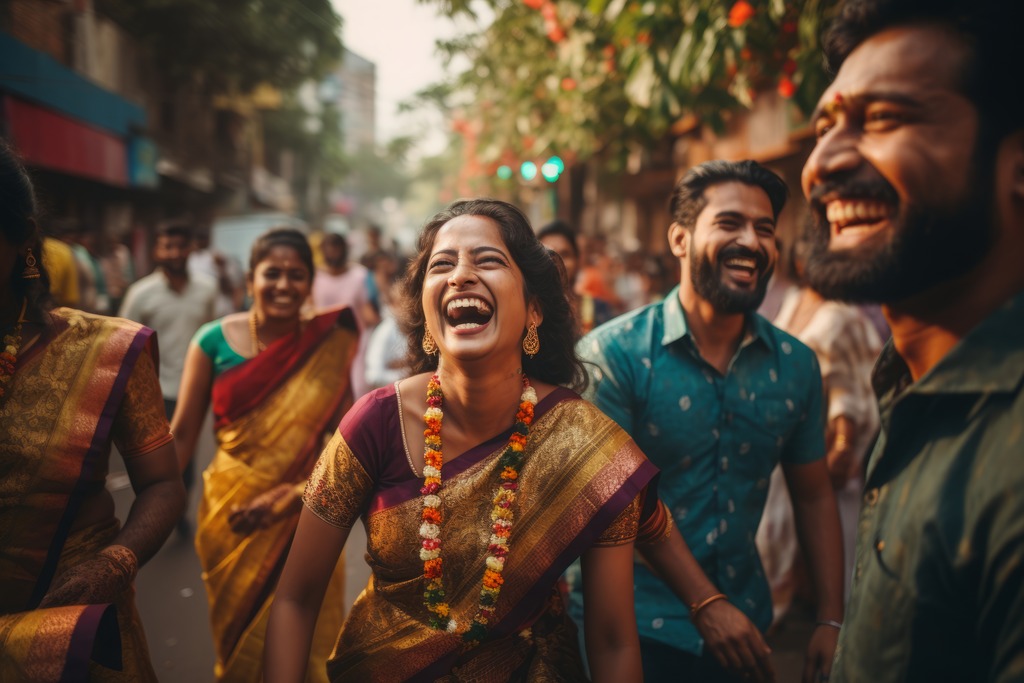India has long been a land of contrasts—ancient traditions living alongside modern aspirations. In recent years, the rise of women-led initiatives has carved out new space for progress, particularly in the realm of community development. Across urban cities and rural villages, women are leading from the front, creating platforms that uplift, educate, and empower others. These efforts are reshaping the idea of what a community in India looks like—more inclusive, resilient, and driven by purpose.
This article highlights some of the most inspiring women-led communities that are making a real impact on the ground, proving that leadership doesn’t always wear a suit—it sometimes wears a sari, rides a scooter, or teaches a village to dream.
1. SEWA – Empowering Women Through Work
The Self Employed Women’s Association (SEWA) is perhaps one of the most recognized women-led organizations in the country. Founded by Ela Bhatt in 1972, SEWA has grown into a massive grassroots movement representing over 2 million women across India. These are women working in the informal sector—vendors, artisans, laborers—who often have little or no social security.
SEWA empowers them by providing access to microfinance, healthcare, legal support, and vocational training. The community in India that SEWA fosters is built on solidarity, self-reliance, and the belief that economic independence is the key to empowerment.
2. SHEROES – A Digital Safe Space for Women
In an increasingly online world, SHEROES has emerged as a digital sanctuary for women. Founded by Sairee Chahal, SHEROES is a women-only social platform that connects users to communities focused on health, careers, entrepreneurship, and relationships. With over 20 million members, it’s one of the largest women’s communities online.
The platform isn’t just about networking—it provides tangible support through counseling, resources, and mentorship. SHEROES is proof that a community in India can thrive virtually, offering safe, supportive spaces where women can express, learn, and grow.
3. Kudumbashree – Kerala’s Model for Inclusive Growth
The Kudumbashree initiative in Kerala is a shining example of how decentralized, women-driven governance can work. Started in 1998, this poverty eradication program is run almost entirely by women. It involves neighborhood groups (NHGs) managed by women who identify and address community problems ranging from waste management to livelihood generation.
With over 4.3 million members, Kudumbashree has become a powerful community in India that champions participatory development. It’s not just about economics; it’s about giving women a seat at the decision-making table.
4. Pink Health Warriors – Women Driving Health Education
In many rural parts of India, taboos around menstruation, sexual health, and maternal care still persist. Enter the Pink Health Warriors—women-led groups that are working within their local communities to provide education on reproductive health, nutrition, and hygiene.
These groups, often supported by NGOs or government health schemes, rely on local women volunteers trained as health educators. Their credibility within the community in India allows them to create awareness where traditional healthcare systems fall short.
5. Project Baala – Tackling Menstrual Inequality
Founded by Suhani Jalota, Project Baala is another inspiring initiative targeting menstrual hygiene management, particularly in underserved regions. Through workshops, awareness campaigns, and the distribution of reusable sanitary products, Project Baala addresses both health and education gaps.
The project trains young women in villages to become peer educators, creating a ripple effect. In doing so, it’s not just addressing a health issue—it’s building a community in India where taboo topics become open conversations and women lead change from within.
6. SheSays – Advocating for Gender Justice
SheSays India is a youth-led NGO founded by Trisha Shetty that focuses on gender equality, legal rights, and sexual health. What started as a campaign against sexual violence has grown into a broader platform where women can seek legal aid, report harassment, and access information on their rights.
Their outreach programs have built trust within the youth, especially among college-going women and first-time workers, creating a modern and activist-driven community in India that isn’t afraid to demand change.
7. Women for Climate – Environmental Activism with a Gender Lens
Women-led climate communities are becoming increasingly important in India’s fight against environmental degradation. In places like Uttarakhand and Odisha, women are leading reforestation drives, managing water resources, and campaigning for sustainable farming practices.
These eco-warriors are often unsung heroes, working quietly but persistently. Their strength lies in collective effort—showing that when women come together, they don’t just change lives, they protect the planet. These communities are redefining what it means to be a community in India—one rooted in sustainability and care.
8. Grassroots Collectives – Leadership Without Titles
One of the most powerful things about women-led communities is how they blur the lines between leadership and service. In places like Jharkhand, Chhattisgarh, and the Northeast, tribal women’s collectives have emerged to preserve language, fight domestic violence, and claim land rights.
These women may not see themselves as “leaders” in the traditional sense, but they are the backbone of every decision and every movement within their villages. Their quiet strength builds a deeply connected and self-sustaining community in India.
Final Thoughts
Women-led communities are reshaping India’s social fabric—one neighborhood, one conversation, one bold decision at a time. Whether digital or grassroots, structured or informal, each of these collectives shows us that lasting change often begins at the local level, with women supporting women.
These stories serve as more than inspiration—they are a call to recognize and support the silent revolutions happening every day. The rise of each women-led community in India is a step toward a more just, inclusive, and empowered future for all.
If you want to explore and connect with such transformative efforts, start by discovering platforms like ZoneZapper that spotlight real stories of real impact.

